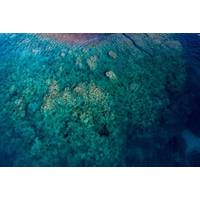
One Year After Volcanic Blast, Many of Tonga's Reefs Lie Silent
One year on from the massive eruption of an underwater volcano in the South Pacific, the island nation of Tonga is still dealing with the damage to its coastal waters.When Hunga-Tonga-Hunga Ha'apai went off, it sent a shockwave around the world, produced a plume of water and ash that soared higher into the atmosphere than any other on record, and triggered tsunami waves that ricocheted across the region - slamming into the archipelago which lies southeast of Fiji.Coral reefs were turned to rubble and many fish perished or migrated away.The disaster worsened conditions for Tongans, more than 80% of
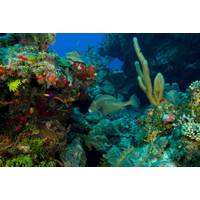
As Nations Pledge to Create Ocean Preserves, How Do Those Promises Add Up?
commitments are fully implemented, they will protect only 4% of the world’s ocean. Adding in all other protected areas and outstanding commitments made in other forums raises that figure to 8.9%.The number is likely to rise as additional countries join in. For example, on May 30, 2022, the South Pacific island nation of Niue pledged to protect 100% of its national waters. They cover 122,000 square miles (317,500 square kilometers) – an area roughly the size of Vietnam.Most recently, the Biden administration proposed on June 8, 2022 to designate Hudson Canyon, which lies southeast of New

Sustainable Seabed Mining: Impossible Mining Partners Up with Boskalis
Impossible Mining, a company developing sustainable seabed mining technology, has said it has partnered up with the Dutch marine services company Boskalis to explore the integration of its robotics with vessel operations for selective harvesting of nodules in the Cook Islands, in the South Pacific Ocean.In November 2021, Impossible Mining, which describes itself as a public benefits corporation based in Silicon Valley, said it was developing the technology to mine the seabed without causing serious harm. It said at the time it had secured funding to develop prototypes of an
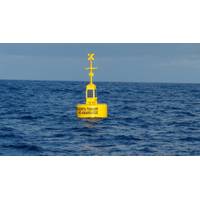
MSM Ocean, Sonardyne Partner on Tsunami Early Warning System
MSM Ocean’s buoy-based Tsunami Early Warning Systems, which have been successfully installed along the Pacific coast of South America.This includes two systems deployed off Ecuador which detected the January 15 tsunami, caused by the Hunga-Tonga submarine volcano eruption, 10,000 km away in the South Pacific. Alerts were raised by MSM Ocean’s buoys with the National Tsunami Warning Center of Ecuador just 35 seconds after the wave was detected by Sonardyne’s Bottom Pressure Recorder
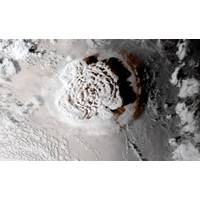
Tsunami Models Underestimated Shockwave from Tonga Eruption
than forecast, which (was) terrible for distant shorelines," said civil engineer Hermann Fritz at Georgia Tech University, who studies tsunamis.The Hunga Tonga-Hunga Ha'apai volcano eruption triggered a tsunami that destroyed villages and resorts and knocked out communications for the South Pacific nation of about 105,000 people. Three people have been reported killed.However Tongans were well equipped to deal with the tsunami. The small island nation is considered among the most prepared for natural disasters, with years of tsunami drills under its belt, and many people knew to evacuate
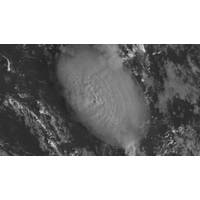
Scientists Struggle to Monitor Tonga Volcano After Massive Underwater Eruption
Scientists are struggling to monitor an active volcano that erupted off the South Pacific island of Tonga at the weekend, after the explosion destroyed its sea-level crater and drowned its mass, obscuring it from satellites.The eruption of Hunga-Tonga-Hunga-Ha'apai volcano, which sits on the seismically active Pacific Ring of Fire, sent tsunami waves across the Pacific Ocean and was heard some 2,300 kilometerss (1,430 miles) away in New Zealand."The concern at the moment is how little information we have and that's scary," said Janine Krippner, a New Zealand-based volcanologist with

Seamount Named for Iconic Oceanographer Walter Munk
performed without disrupting the transit schedule. Vessel staff including Captain Ian Lawrence and marine technician Daniel Yang, who operated the sonar, helped image the guyot on April 4, 2019.Sandwell said that geophysicists can tell, using knowledge of plate tectonics, that the guyot formed in the South Pacific Ocean 110 million years ago, submerged 90 million years ago, and has drifted 6,000 kilometers (3,700 miles) northwest since then.“This would have been Walter Munk Island 90 million years ago,” Sandwell said

A Warm Ocean 'Blob' Is Causing Chile's Megadrought
during that time, and are just 0.2C to 1C warmer, the study shows.The heat from the blob warms the air directly above it and winds carry the heated air toward Chile. This impacts pressure trends, affecting rainfall and resulting in dry conditions in Chile.The blob "is only perhaps 3% of the South Pacific, but it's located in such a sensitive area that it produces this chain of events," said study co-author Rene Dario Garreaud, a climate scientist at the University of Chile in Santiago.While drought is not uncommon in Chile, the current megadrought has persisted since 2010. Some scientists
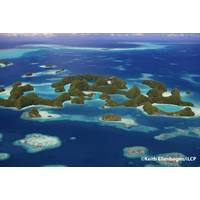
Coral Reef Health Report: Palau’s Coral Reefs - A Jewel of the Ocean
as Professor and Chair of the Department of Marine Geosciences at the University of Miami’s Rosenstiel School of Marine and Atmospheric Science.“Given that Palau’s efforts are yielding tangible conservation results, the country might serve as a role model to other countries in the South Pacific and beyond.”Despite a thriving coral community, Palau’s reefs had fewer and smaller fish than would be expected for a healthy coral reef ecosystem. Reef fish communities in Palau were similar to those surveyed in other nearby countries in the south and western Pacific. Many of the



 February 2024
February 2024





